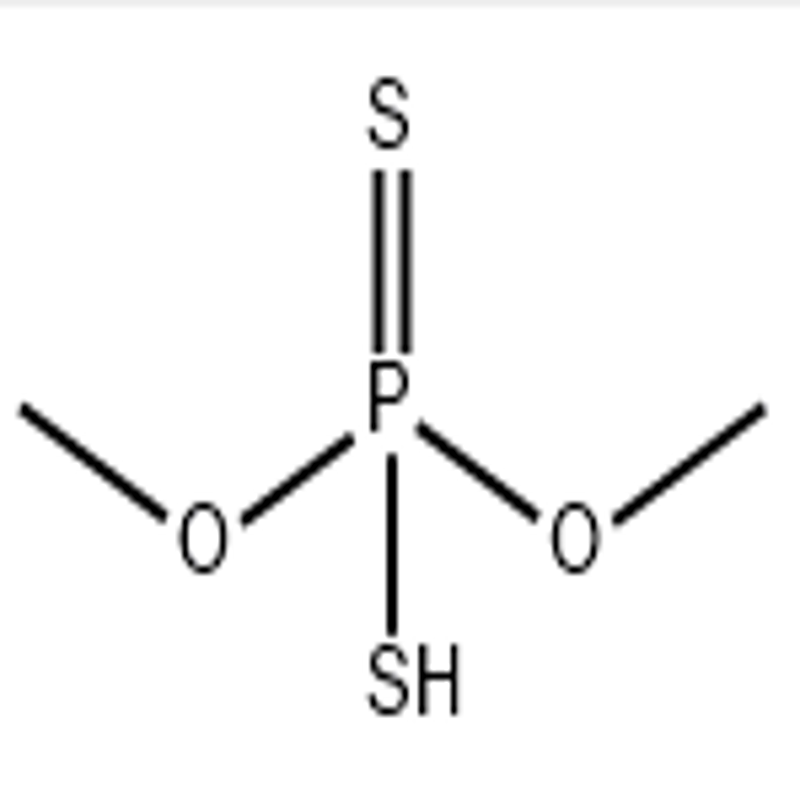-
Categories
-
Pharmaceutical Intermediates
-
Active Pharmaceutical Ingredients
-
Food Additives
- Industrial Coatings
- Agrochemicals
- Dyes and Pigments
- Surfactant
- Flavors and Fragrances
- Chemical Reagents
- Catalyst and Auxiliary
- Natural Products
- Inorganic Chemistry
-
Organic Chemistry
-
Biochemical Engineering
- Analytical Chemistry
-
Cosmetic Ingredient
- Water Treatment Chemical
-
Pharmaceutical Intermediates
Promotion
ECHEMI Mall
Wholesale
Weekly Price
Exhibition
News
-
Trade Service
We have a lot of greenhouses in winter, such as tomatoes, strawberries, cucumbers, big cherries, peaches and so on
.
Strawberries are mainly marketed now, and strawberries are watered a lot, so snails, slugs and other mollusks that like humidity will appear in large numbers in the shed
.
Open cabbage, radish, big peach, etc.
are often visited by molluscs such as snails, gnawing on the leaves and fruits, causing nicks and affecting the appearance
.
How to control these unearned parasites? Snails are also called buffaloes, dry snails, and slugs are also called slugs
.
They are mollusks.
They like moist and dark environments.
They are afraid of sunlight.
They like to gnaw on the leaves and fruits of crops.
They often cause nicks.
The damaged parts often rot due to pathogen infection, which has a great impact on yield and quality
.
There are many drugs to kill mollusks, including inorganic and organic pesticides
.
Inorganic mollusc-killing drugs are copper sulfate
.
Organic Pharmacy kill snails are mollusks:
.
1.
Phenolics
.
Such as sodium pentachlorophenate, spironamide and so on
.
2.
Morpholines
.
Such as snail killing, also called snail net
.
3.
Organotin
.
Such as Dingluoxin and so on
.
4.
Sandworm toxins
.
As thiocyclam, SHACHONGDING the like
.
5.
Others
.
For example, acetaldehyde, also called snail enemy, polyacetaldehyde, etc.
, kills drought snails and so on
.
What we commonly use here is tetramethylacetaldehyde, which is a selective molluscicide.
When a snail is tempted to eat or come into contact with a drug, it can destroy the mucus in its body, causing the snail to rapidly dehydrate, paralyze the nerves, and secrete it.
Mucus, due to the loss of a large amount of body fluids and the destruction of cells, causes snails, slugs, etc.
to be poisoned and die in a short period of time
.
Metsocarb is also possible.
It is a molluscicide with contact and stomach poisoning.
When snails, slugs, etc.
eat or come into contact with the medicine, they die
.
It can be used in dry land, greenhouses, etc.
to control snails and other molluscs
.
If slugs, snails and other hazards occur in our small vegetable garden, we can spread plant ash, quicklime, etc.
around and on the ground, so that the snails and slugs that come into contact with these substances will secrete a large amount of mucus and die
.
(Source: Rural area)
.
Strawberries are mainly marketed now, and strawberries are watered a lot, so snails, slugs and other mollusks that like humidity will appear in large numbers in the shed
.
Open cabbage, radish, big peach, etc.
are often visited by molluscs such as snails, gnawing on the leaves and fruits, causing nicks and affecting the appearance
.
How to control these unearned parasites? Snails are also called buffaloes, dry snails, and slugs are also called slugs
.
They are mollusks.
They like moist and dark environments.
They are afraid of sunlight.
They like to gnaw on the leaves and fruits of crops.
They often cause nicks.
The damaged parts often rot due to pathogen infection, which has a great impact on yield and quality
.
There are many drugs to kill mollusks, including inorganic and organic pesticides
.
Inorganic mollusc-killing drugs are copper sulfate
.
Organic Pharmacy kill snails are mollusks:
.
1.
Phenolics
.
Such as sodium pentachlorophenate, spironamide and so on
.
2.
Morpholines
.
Such as snail killing, also called snail net
.
3.
Organotin
.
Such as Dingluoxin and so on
.
4.
Sandworm toxins
.
As thiocyclam, SHACHONGDING the like
.
5.
Others
.
For example, acetaldehyde, also called snail enemy, polyacetaldehyde, etc.
, kills drought snails and so on
.
What we commonly use here is tetramethylacetaldehyde, which is a selective molluscicide.
When a snail is tempted to eat or come into contact with a drug, it can destroy the mucus in its body, causing the snail to rapidly dehydrate, paralyze the nerves, and secrete it.
Mucus, due to the loss of a large amount of body fluids and the destruction of cells, causes snails, slugs, etc.
to be poisoned and die in a short period of time
.
Metsocarb is also possible.
It is a molluscicide with contact and stomach poisoning.
When snails, slugs, etc.
eat or come into contact with the medicine, they die
.
It can be used in dry land, greenhouses, etc.
to control snails and other molluscs
.
If slugs, snails and other hazards occur in our small vegetable garden, we can spread plant ash, quicklime, etc.
around and on the ground, so that the snails and slugs that come into contact with these substances will secrete a large amount of mucus and die
.
(Source: Rural area)







